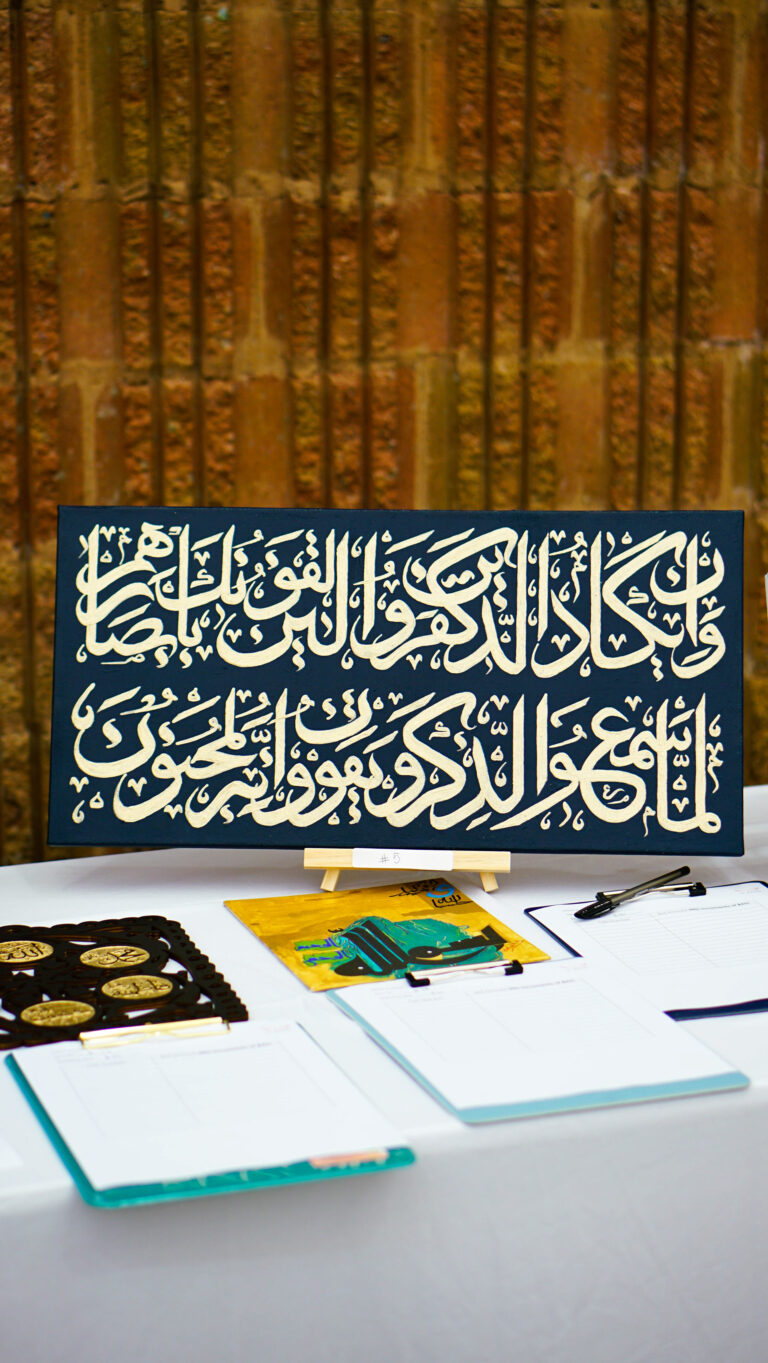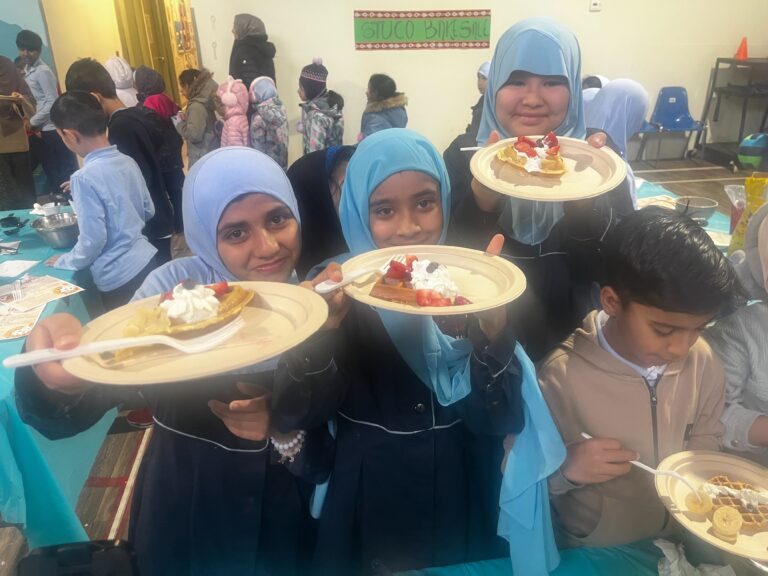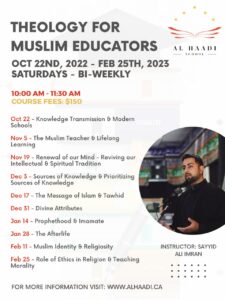Play is often associated with a pass of time and lack of potential by several educators and parents. When they think of learning, they think of one directional lessons and students excelling in what’s expected of them in the curriculum. But why not move past the curriculum and encourage students to develop a wholesome understanding of what they learn? What if what they learned through play could remain with them longer than what they read on worksheets and textbooks?
When students returned to my class after the winter break, I wanted to know if they remembered all we learned before the break. Surprisingly, they still did! Very little repetition was needed and most importantly, they had a positive association with learning.
Here’s how I teach through play in grade 2 (yes, grade 2):
A) During class: When I start a new topic in any of my subjects, I introduce it visually. I give students the opportunity to play around with material and go past learning on paper worksheets.
In math, students use manipulatives to understand concepts initially before they move on to worksheets. In science, we do experiments with lots of failures and successes, and interesting student-led discussions. In English, we learn concepts through games prior to using our knowledge practically. In social studies, we explore globes, puzzles, role-playing, and documentaries.
Here are a few actual examples:
1. Math: we were learning about the Canadian currency and the value of dollars and cents. Some students became shop owners whilst others became shoppers, and learned to use the currency as they would in real life.

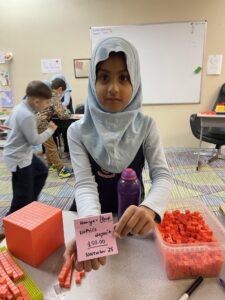
 For fractions, we made pizzas with playdough so they could understand it visually and thereafter, see how division is used in daily life.
For fractions, we made pizzas with playdough so they could understand it visually and thereafter, see how division is used in daily life.
2. Science: for the states of matter unit, we melted a candle to see the effects of heat and how solids transform into liquids, and vice-versa. We used a kettle to show how steam is produced when water is heated. We also went outdoors to touch the ice and melt it with our hands to differentiate between solids and liquids.
In the structures and mechanism unit, we used screwdrivers to unscrew several objects to reinforce the idea of simple machines being useful in day to day life.


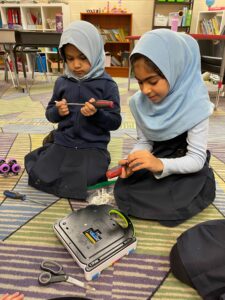
3. In English: we were learning about antonyms and synonyms and played a competitive game between classmates to see who could think of an antonym or synonym of certain words first.
4. In Social Studies: we explored a giant map to see where continents are located and used a globe to give us ideas about which country we’d like to learn and discuss more about.
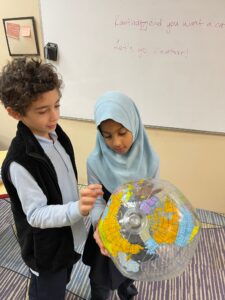

Students still wrote, read, and used workbooks, but play made it easier to comprehend the subject and extremely enjoyable for the kids. As a teacher, I aspire to foster curiosity and critical thinking in the students. They ask several questions and are always keen on learning more and being challenged.
B) Play Time: I give students occasional free play time and have provided several resources for them to use their creativity and logic.
i. They have access to a magnetic marble run, which they use often. Students collaborate and learn by trial and experiment.
ii. Students play board games such as checkers and connect four to increase their logic and learn about the consequences of their actions.
iii. I made a table with plenty of markers and easily accessible papers and “how to draw” books to encourage them to be creative and try things they don’t know. Even the kids that once hated art have been colouring and drawing frequently.
C) At home: Homework can be important, but if a lot of work is done during the day, I try to assign activities and encourage children to spend time with their parents. With our no-screen challenge in January, kids have been playing a lot more and spending time with their parents.
Learning is an important part of our lives, but it does not begin and end with workbooks. Learning should be positively encouraged as we continue to learn even after school finishes. The last thing I’d want as a grade 2 teacher is for students to dread coming to school.


